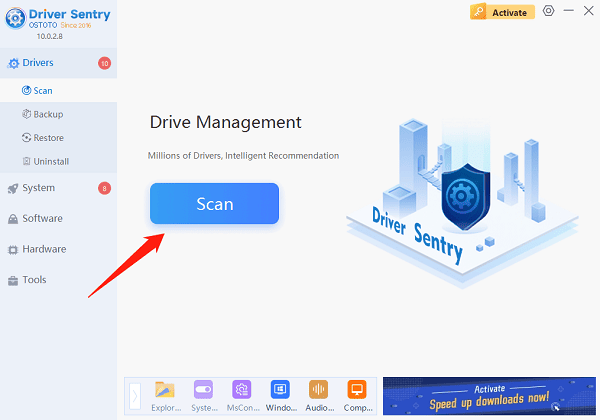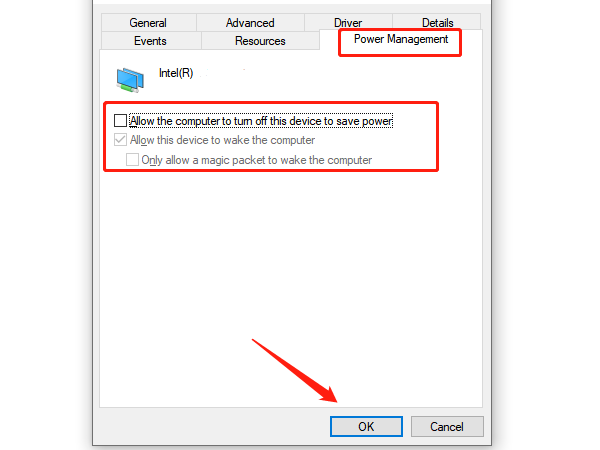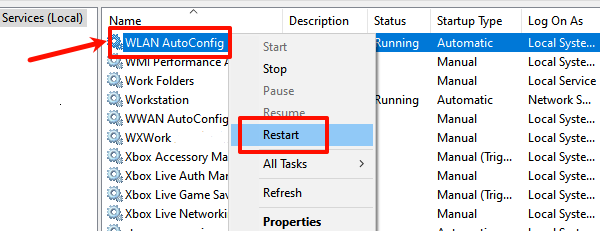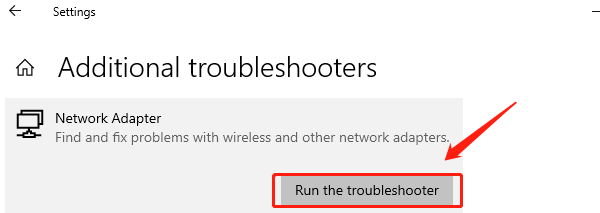
WiFi disconnections are a common issue that disrupt computer use. This article offers solutions to quickly fix the problem and restore stable connectivity.
1. Check WiFi Network Status
Click the network icon in the lower-right corner and check the WiFi signal strength. A weak signal may lead to an unstable connection, so try moving closer to the router to boost signal strength.
Ensure you're connected to the correct WiFi network and not another unrelated network or one without Internet access.
Check if your router is functioning properly. Try restarting the router by unplugging it, waiting a few minutes, then plugging it back in.
Log in to the router's management interface to confirm that the Internet connection is stable and check for any disconnection or network error messages.
2. Check for Driver Updates
Outdated or corrupted network drivers can cause WiFi disconnection issues. Regularly updating network adapter drivers ensures they remain current. Using Driver Sentry can save time by automatically detecting and updating drivers, reducing the risk of downloading or installing incorrect ones.
Download the latest version of Driver Sentry, install it, open the software, and click "Scan".

Locate the network driver in the results list and click "Upgrade".
After updating, restart your computer to ensure the new drivers take effect.
3. Adjust Power Management Settings
Press Windows + X and select "Device Manager".
Expand "Network Adapters", right-click your wireless adapter (e.g., WiFi adapter), and select "Properties".
In the Properties window, go to the "Power Management" tab.
Uncheck "Allow the computer to turn off this device to save power" to keep the WiFi adapter active even in low-power mode.

Click "OK" to save changes and exit.
4. Switch to Google DNS
Click the network icon in the taskbar, and select "Network & Internet Settings".
Click "Change adapter options", right-click your WiFi adapter, and select "Properties".
In the Properties window, select "Internet Protocol Version 4 (TCP/IPv4)" and click "Properties".
Select "Use the following DNS server addresses", and enter 8.8.8.8 as the Preferred DNS server and 8.8.4.4 as the Alternate DNS server.

Click "OK" to save changes and close the window.
5. Reset TCP/IP Settings
In the search box, type "Command Prompt" and open it as an administrator.
Type the following command and press Enter: netsh int ip reset
This command resets the TCP/IP stack to its default settings.
Restart your computer to apply the changes.
6. Reset WiFi AutoConfig Service
Press Windows + R, type "services.msc", and press Enter to open the Services Manager.
Locate "WLAN AutoConfig" in the service list.
Right-click "WLAN AutoConfig" and select "Restart". If the service isn't running, right-click it and select "Start".

Right-click "WLAN AutoConfig" again, choose "Properties", and set the "Startup type" to "Automatic" to ensure the service runs when the system starts.
7. Run the Network Troubleshooter
Press Windows + I to open Settings.
In Settings, select "Update & Security".
In the left menu, choose "Troubleshoot", then click "Additional troubleshooters".
In the "Network Adapter" section, click "Run the troubleshooter". Windows will automatically detect network issues and attempt to resolve them.

8. Check for Hardware Issues
Ensure the wireless adapter is securely connected to the computer, and try inserting a USB adapter into a different USB port if it's loose.
Use another device (e.g., phone or another computer) to connect to the WiFi and check for similar issues. If other devices connect without issues, the problem may be with your computer's wireless adapter.
If you confirm a hardware problem, consider replacing the wireless adapter or router.
By following these steps, you can systematically troubleshoot and resolve WiFi connection issues. If the problem persists, consider seeking technical support or replacing hardware.
See also:
How to Fix Bluetooth Speaker No Sound Issue
8 Ways to Fix Realtek Microphone Not Working